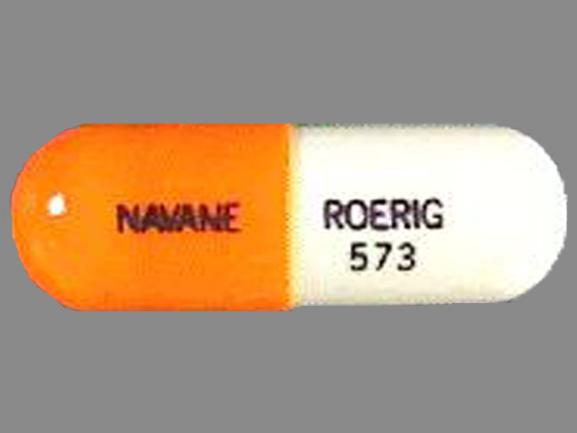Navane Interactions
There are 425 drugs known to interact with Navane (thiothixene), along with 22 disease interactions, and 1 alcohol/food interaction. Of the total drug interactions, 51 are major, 370 are moderate, and 4 are minor.
- View all 425 medications that may interact with Navane
- View Navane alcohol/food interactions (1)
- View Navane disease interactions (22)
Most frequently checked interactions
View interaction reports for Navane (thiothixene) and the medicines listed below.
- Abilify (aripiprazole)
- Ambien (zolpidem)
- Ativan (lorazepam)
- BuSpar (buspirone)
- Celexa (citalopram)
- Cogentin (benztropine)
- Cymbalta (duloxetine)
- Depakote (divalproex sodium)
- Effexor (venlafaxine)
- Elavil (amitriptyline)
- Geodon (ziprasidone)
- Haldol (haloperidol)
- Invega (paliperidone)
- Klonopin (clonazepam)
- Lamictal (lamotrigine)
- Lexapro (escitalopram)
- lithium
- Mellaril (thioridazine)
- Paxil (paroxetine)
- Prozac (fluoxetine)
- Risperdal (risperidone)
- Saphris (asenapine)
- Seroquel (quetiapine)
- Stelazine (trifluoperazine)
- Thorazine (chlorpromazine)
- trazodone
- Vitamin D3 (cholecalciferol)
- Wellbutrin (bupropion)
- Zoloft (sertraline)
- Zyprexa (olanzapine)
Navane alcohol/food interactions
There is 1 alcohol/food interaction with Navane (thiothixene).
Navane disease interactions
There are 22 disease interactions with Navane (thiothixene) which include:
- dementia
- acute alcohol intoxication
- cardiovascular disease
- CNS depression
- NMS
- CNS depression
- hematologic toxicity
- seizure
- anticholinergic effects
- dehydration
- hyperprolactinemia
- liver disease
- parkinsonism
- tardive dyskinesia
- breast cancer
- convulsions
- dystonia
- hyperprolactinemia
- liver impairment
- NMS
- parkinsonism
- respiratory disorders
More about Navane (thiothixene)
- Navane consumer information
- Compare alternatives
- Reviews (6)
- Drug images
- Side effects
- Dosage information
- During pregnancy
- Drug class: thioxanthenes
- Breastfeeding
Related treatment guides
Drug Interaction Classification
| Highly clinically significant. Avoid combinations; the risk of the interaction outweighs the benefit. | |
| Moderately clinically significant. Usually avoid combinations; use it only under special circumstances. | |
| Minimally clinically significant. Minimize risk; assess risk and consider an alternative drug, take steps to circumvent the interaction risk and/or institute a monitoring plan. | |
| No interaction information available. |
See also:
Further information
Always consult your healthcare provider to ensure the information displayed on this page applies to your personal circumstances.


